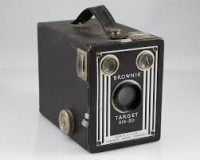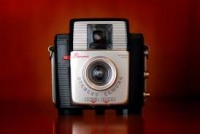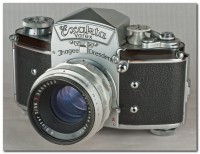Portage Bay Photography
I have been a dedicated amateur photographer since age 9 when I built my first darkroom. (I am not going to say how long ago that was except to say one of my first cameras was a Brownie Target). Tens of thousands of images later, I’m still learning, and would hope that some find my work “pleasing to the eye”, at least.
After the Brownie Target, I upgraded to a Brownie Starlet; then as soon as possible I commandeered his father’s Exakta 35 MM SLR and a decent light meter, and commenced to shoot thousands of pictures.
Of course, for some time now my photography has been exclusively digital. Inevitably, digital photography leads some to criticize the prevalence of digital post-image processing or “photoshoping” as it has become to be called. Yet the truth be known, image post processing has always been a key part of the skill set of the greatest photographers. Anyone familiar with the work and artistic process of Ansel Adams and other great photographers of his era, know this. Post-image processing used to be the result of skillful dodging, masking and burning in the darkroom, not to mention the timing of the exposure of the paper and the timing of the developer, plus dancing with dozens of other variables. It was a time consuming, difficult process that was as much an art as it was a science.
Digital photography has brought a welcome revolution to the art of photography by easing the task of post-image processing. (Although I am not sure it actually simplified or unproved the process nor the result.) But it did add another very important factor that we would call “the freedom of the experiment”. Thankfully with digital photography, it is now much less expensive to experiment – to try different techniques and subjects. So, by all means, go for it. Experiment! Take that camera off the “auto” setting and experiment!
So, while digital photography is great, habits born of expensive film and processing remain. For instance, expensive film taught us to frame the image right the first time. It also taught many other basic techniques that were part and parcel to the use of manual cameras and light meters. It is not easy to replace the discipline born of expensive film, darkroom equipment, paper and chemicals. Film can educate the eye of the photographer, plus lend substance and perseverance. And to this day, the goal of this photographer remains to frame the picture right the first time and then to engage in minimal cropping, color enhancement, and other port-image processing.
This old photographer kind of wishes that he could get his computer to exude red darkroom lights and the aroma of fixer. Then all would be well with the world…



Leave a Reply